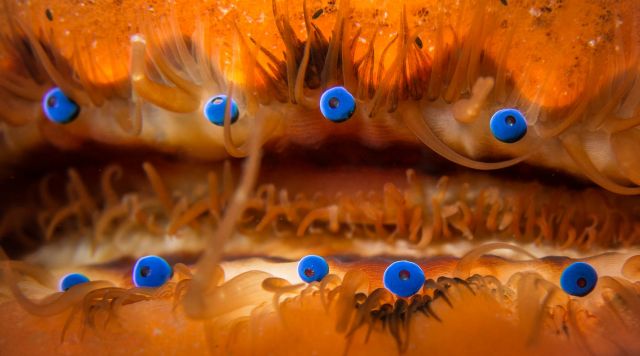
Greetings. I hope all American readers had a happy Thanksgiving. A sudden arrival of stuffing and turkey slowed down my email newsletter production, and so I have a bit to catch up on here.
First off, the columns.
While working on She Has Her Mother’s Laugh, I got obsessed with the germ line. The nineteenth-century biologist August Weismann argued that what joined each generation to the next was an unbroken lineage of cells, carrying some mysterious hereditary factors. He traced the germ line through the cells that gave rise to eggs and sperm, then on to the cells in new embryos, and then still further on to their own eggs and sperm. The germ line, Weismann said, was effectively immortal.
But modern molecular biology raises a profound question about the germ line. We know that cells accumulate damage to their proteins over time and pass it down to their daughter cells. That accumulating cellular damage is an important part of why we get old. If the germ line lives beyond us, shouldn’t it become vastly more damaged?
On November 22, I wrote a column about a new study on the germ line’s immortality. In an experiment on worms, researchers found evidence that eggs carry out a burst of cellular house-keeping before they become new embryos. Check it out.
This past Thursday I changed gears to an entirely different topic: the remarkable structure of eyes. In particular, I wrote about scallop eyes. I wouldn’t be surprised if you didn’t know scallops had eyes; I didn’t either till I started writing about the evolution of vision. But, indeed, those delicious scallops grow hundreds of eyes.
These visual organs are so delicate and intricate that their function has largely escaped understanding until now. For my column, I wrote about what the latest generation of microscopes is revealing about scallop eyes. It turns out they work a lot like the radio telescopes we use to observe distant galaxies. I kid you not.
Earlier this week, Setsen Altan-Ochir published a story about a recent Q & A I did in San Francisco with Joe DiRisi, a biologist who is hunting for diseases by isolated fragments of DNA in people’s bodies. In 2014, I wrote in the New York Times about DiRisi’s first high-profile success with this method, identifying the bacteria threatening a boy’s life. As Altan-Ochir reports, he’s made major advances since then, which might help bring us to a day when doctors can diagnose diseases in a matter of a few hours by uploading DNA sequences to the cloud.
Also, a little reminder for New York-area readers: I’ll be hosting my next evening in the series, “What is Life?” on Wednesday, December 6. The theme will be, “Is Life Inevitable?”
I’ll be talking to Jeremy England, an MIT physicist who sees life as stitched into the physical laws of the cosmos. Then I’ll be talking to Steven Benner, a leading expert on the origin of life, who will tell us about all the weird forms life might take elsewhere in the universe.
The evening will take place at Caveat, in lower Manhattan, at 7:30 pm on December 6. You can get a ticket here.
Finally, here are a few stories from this week that I enjoyed and wanted to share:
*It’s been 15 years since SARS came out of nowhere, killed almost 800 people, and vanished. Now scientists have found close cousins of the virus in a Chinese bat cave. David Cyranoski has the story for Nature.
*Scott Waldman, writing for E & E News, reports on EPA Administrator Scott Pruitt’s drive for a “red-team blue-team” debate over climate change. This isn’t actually how science works. For a reality check, here is a 2014 report from the National Academy of Sciences and the Royal Society on our understanding of climate change. And here is a new report from the U.S. federal government’s scientists.
*Magie Koerth-Baker writes an epic tale of panda sex for FiveThirtyEight. I have nothing else to add. Just read it.
December 20, New York. “What Is Life?” Night 4: What did the first life look like?
January 3, 2018 San Francisco: Society for Integrative and Comparative Biology Annual Meeting, Plenary Lecture: Science and Scandal: Reporting on Biology In An Age of Controversy
February 15, 2018, Rochester, NY: Neilly Series Lecture. Details to come.
You can also follow me on Twitter, Facebook, Goodreads. LinkedIn, and Google+. And there’s always carlzimmer.com.
Best wishes, Carl
Originally published December 2, 2017. Copyright 2017 Carl Zimmer.